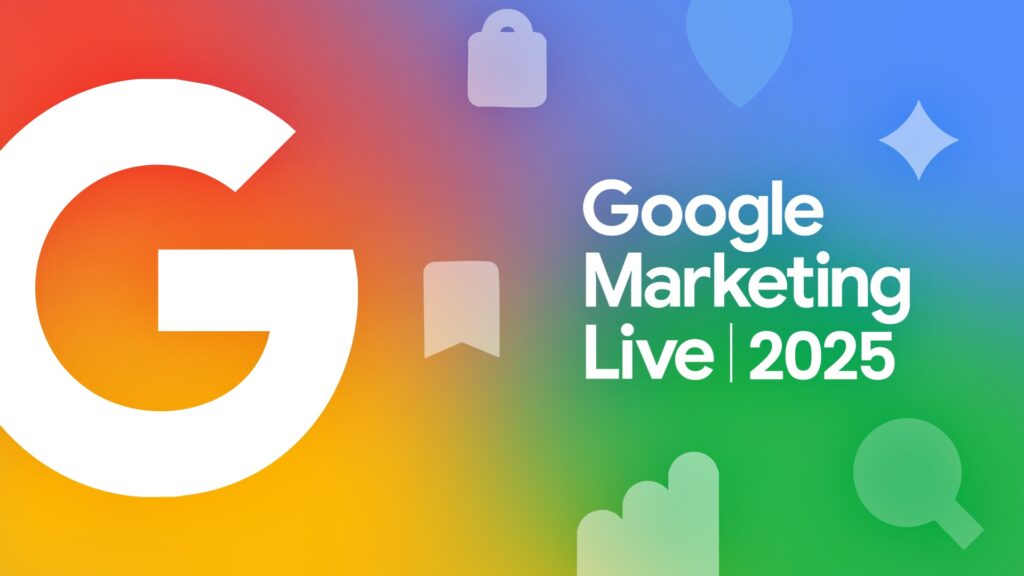
Our Favorite Ad Mascots and Why They’re Effective
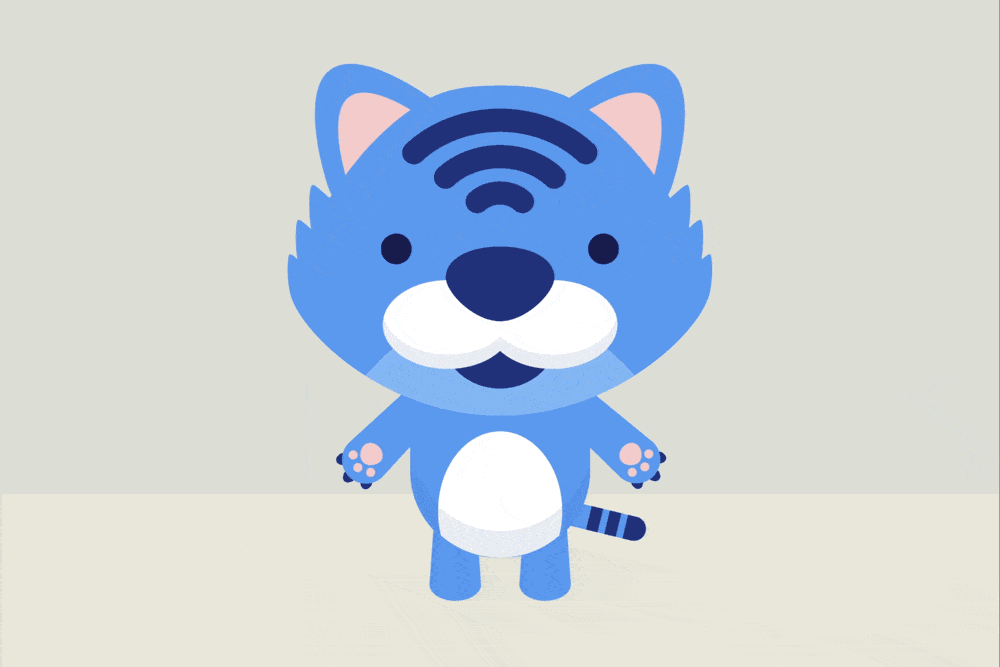
Mascots have elevated the image of some of the biggest-ever brands. Many have even managed to surpass the popularity of the solutions, services and entire brands they represent. What is it that makes certain mascots so high-performing and timeless? Let’s explore the history of mascots in advertising and how the most iconic characters can inspire your own marketing strategies.
Why Do Brands Use Mascots?
From the 1800s to the present day, beloved brands have used mascot-based marketing for a variety of reasons.
- Mascots can come in any shape, size or form for their purpose—whether they’re humans, animals or even objects.
- While mascots can really resonate with younger audiences, they can also appeal to all ages.
- A mascot can be zany or serious and still be capable of breaking down complex points in a clear manner.
- Mascots can achieve levels of positive or comically negative messaging that other marketing materials often can’t.
- Mascots can go through slight or major modifications over their lifespans to better cater to customer needs and interests (the first-ever iteration of Ronald McDonald says it all).

Our Favorite Mascots
This group has stood the test of time for good reason. Let’s get into what gives them their competitive edge.
Mario (Mario Franchise) 1981 – Present

While Mario wasn’t the first video game mascot, he’s been one of the main faces of the medium since his start. Over 200 games later—including those with different leading characters—and his legacy is still going as strong as ever, with 2023 having been an especially strong year. His “Super Mario Bros. Wonder” game for the Nintendo Switch received widespread acclaim, and the animated “The Super Mario Bros. Movie” was the second-highest-grossing film of 2023 and the first-ever video game-based film to pass $1 billion.
Takeaways
- A video game mascot is inherently powerful in allowing people to get in the shoes of the character themself and feel what it’s like to be them.
- A good mascot can only be further bolstered by a great product or service.
- The little amount of personality Mario does have is just enough to make him endearing without disconnecting him from potential audiences.
- From his early 2D days to the fully 3D worlds he can now explore, Mario’s look has evolved while remaining immediately recognizable.
Classic Santa Claus (Coca-Cola) 1931 – 1964
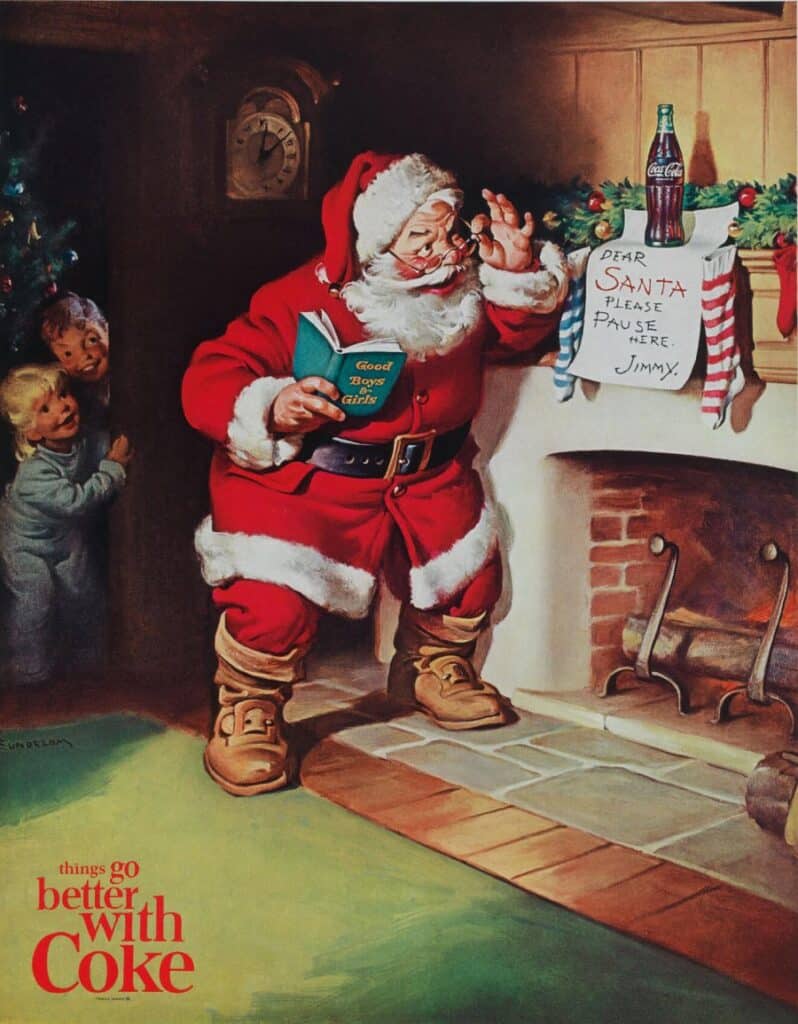
While Santa Claus existed long before Coca-Cola, the brand popularized his jolly image as it’s known today. In partnership with illustrator Haddon Sundblom for their Christmas-themed advertisements, Coca-Cola continually gave Santa a white beard, red coat and other characteristics that weren’t always in earlier renditions.
Takeaways
- Existing characters and concepts can be a springboard for a mascot with its own identity and style.
- Even an established mascot can play with preconceptions and do something unexpected.
- A seasonal mascot can be a great way to dip your toes in without committing to a year-round campaign.
The Spokescandies (M&M’s) 1954 – Present
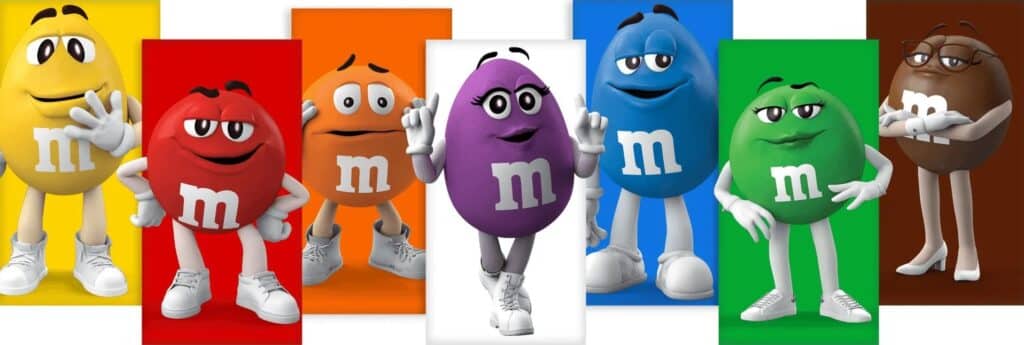
They’re exactly what they sound like—M&M’s with the gift of gab. Between the two main Red and Yellow mascots, five other color-named characters have since joined the roster with their own personality quirks. Each has paved the way for new storylines and styles of humor to connect with audiences.
Takeaways
- Having a mascot that embodies the product’s appearance can make it more memorable and identifiable.
- When you have more than one mascot, they can complement each other with different product focuses and messaging angles.
- Humanizing an inanimate object can open up a lot of fun possibilities.
Other Fan-Favorite Mascots
Mickey Mouse (Disney)

How many other mascots are recognizable by their ears alone? Mickey’s legacy is further realized by having a physical presence at Disney parks.
Energizer Bunny (Energizer Batteries)
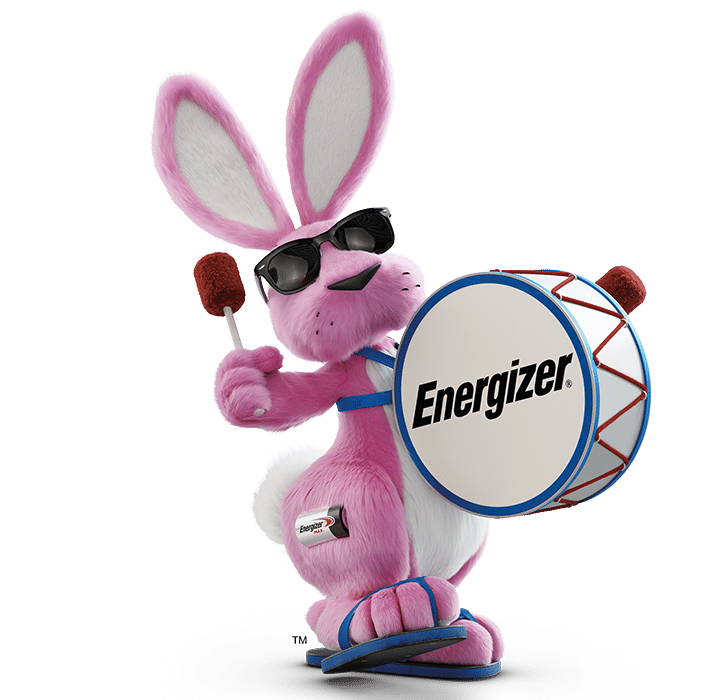
While not one to talk, this go-getter embodies the power of the products in a very visual, clearly understandable way.
Duo (Duolingo)
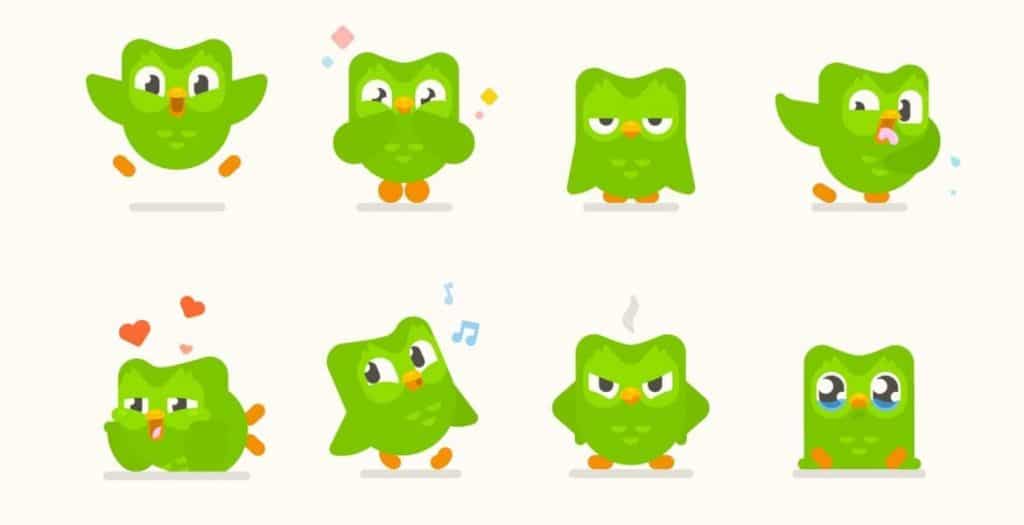
No other mascot in recent years has more effectively integrated with meme culture than this chaotic, green-feathered friend (just check his socials to get an idea). The most successful moment came when Duo started to threaten users to learn new languages, showing that strangeness can be a viable strategy.
Chester Cheetah (Cheetos)
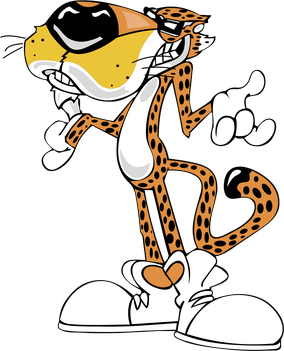
Having a “cool” mascot is one thing, but most of the flavor from Chester may actually come from the slogans he’s paired with. From the original “It’s not easy being cheesy” to the current “Dangerously cheesy,” he’s had a slightly edgy style that’s still palatable.
Colonel Sanders (KFC)

Basing its mascot on its real founder—who even embodied the character as his public persona—helped position KFC with an inherent level of authenticity and expertise.
Gecko (GEICO)

The contrast between cute and well-spoken has a ton of comedic potential that GEICO has been able to tap into for years. He’s also been the perfect physical stand-in for the idea of insurance, making it much more accessible to all types of audiences.
Mascots Are Marketing Mainstays
A mascot can take considerable time and effort to take off, but the payoff can be well worth it. Even if one isn’t the right move for your brand, successful mascots are walking, talking examples of marketing done right.
Wondering what else can empower your advertising? Check out our coverage of 2024 Pinterest advertising features.
Keep Reading
Discover What Drives Results

